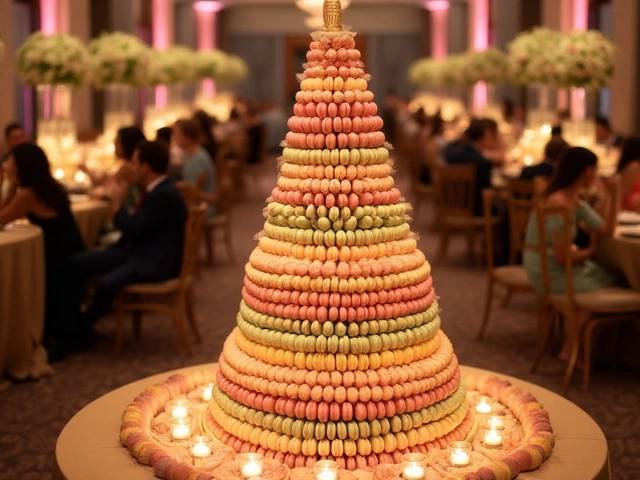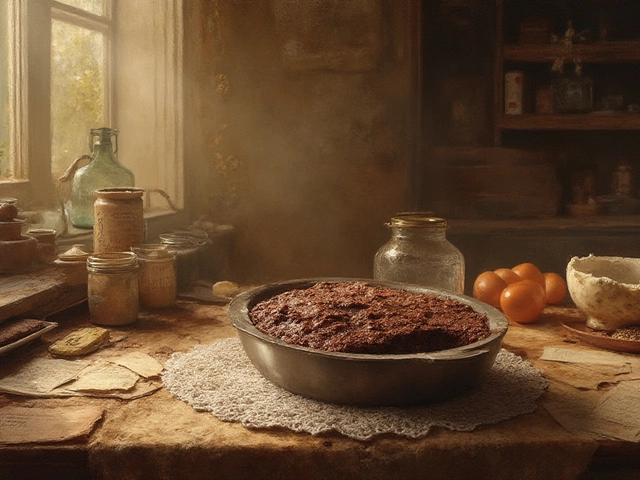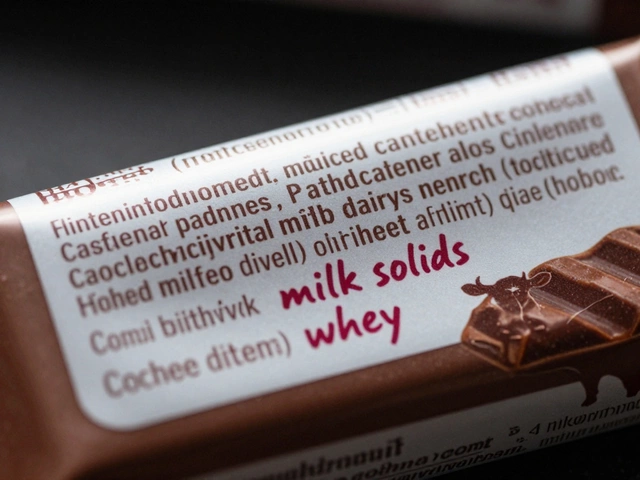Pavlova Recipe: Simple Steps for a Show‑Stopping Meringue
If you’ve ever wanted a dessert that looks fancy but isn’t a nightmare to make, pavlova is the answer. It’s a crisp‑on‑the‑outside, soft‑inside meringue topped with fresh fruit and whipped cream. The trick is getting the texture right and keeping the meringue from cracking.
Getting the Basics Right
Start with room‑temperature egg whites. Cold whites won’t whip properly. Use a clean, grease‑free bowl – metal or glass works best. Add a pinch of salt or a splash of lemon juice; both help stabilise the foam. Beat on medium speed until soft peaks form, then slowly drizzle in sugar, one spoon at a time.
Don’t rush the sugar. When you finish adding it, increase the speed to high and beat until the mixture is glossy and holds stiff peaks. A good test is to rub a bit of the meringue between your fingers – it should feel smooth, not gritty.
Now fold in the dry ingredients: cornstarch and a little vinegar or cream of tartar. They keep the centre soft while the outside dries out. Scoop the meringue onto a parchment‑lined tray and shape it into a shallow circle, making a small well in the middle for toppings.
Cooking is the critical part. Pre‑heat the oven to 120 °C (250 °F) and let it cool inside after you turn it off. Bake the pavlova for about 1 hour, then leave it in the turned‑off oven to cool completely. This slow cooling prevents sudden temperature changes that cause cracks.
Creative Toppings & Serving Ideas
Whipped cream is the classic base, but you can swap in Greek yoghurt for a tangier twist. Fresh berries, kiwi, mango, or passion fruit give bright colour and natural sweetness. For a richer version, drizzle a little melted chocolate or caramel over the top.
If you want a seasonal spin, try toasted coconut and toasted almonds in the winter, or sliced peaches and raspberries in summer. Keep the fruit dry; extra moisture will make the meringue soggy.
When you’re ready to serve, spread the cream or yoghurt gently, then pile on the fruit. Slice with a sharp knife that’s been warmed under hot water – this gives clean cuts without squashing the delicate centre.
Leftovers? Store the plain meringue in an airtight container for up to three days. Add fresh toppings right before serving to keep everything crisp.
That’s it – a fool‑proof pavlova you can whip up anytime you need a dessert that looks professional but tastes homemade. Give it a try, experiment with toppings, and enjoy the sweet crunch of a perfectly baked meringue.
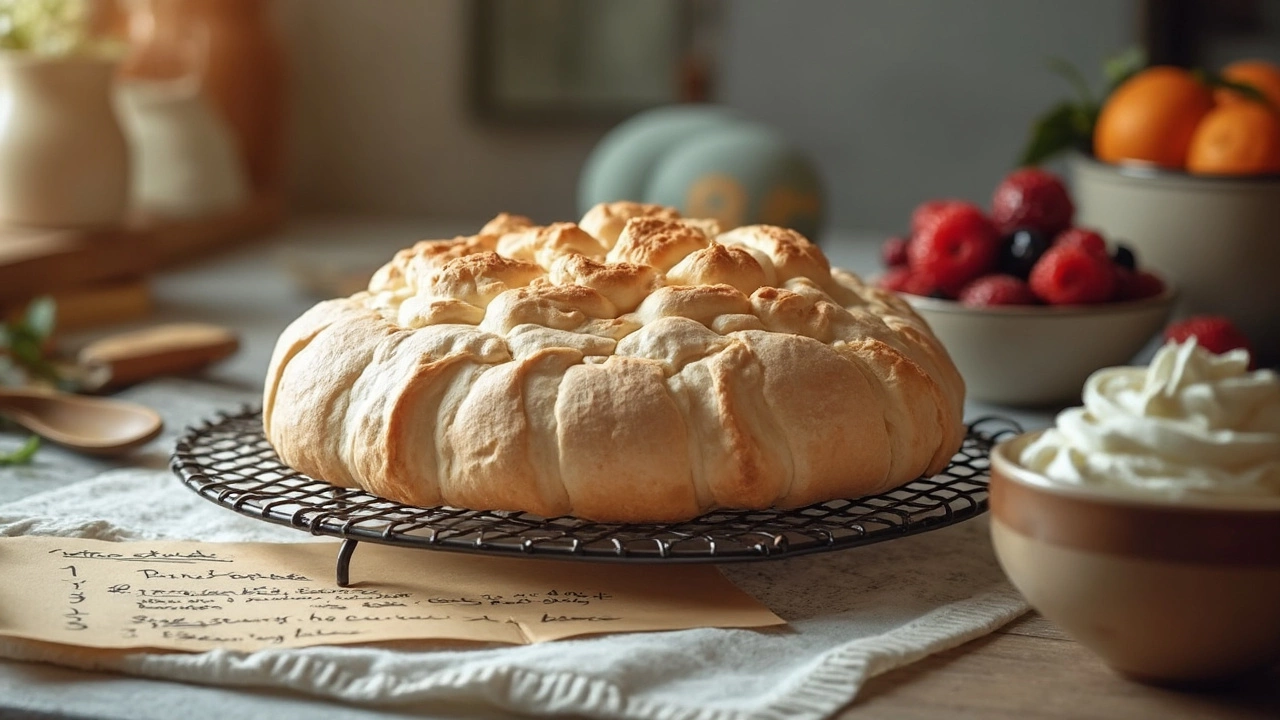
Pavlova the Day Before: Is It Okay and Does It Stay Perfect?
Wondering if you can make pavlova ahead of time without it turning soggy or losing its crunch? This article digs into the facts about making pavlova the day before, shares pro tips for storing it right, and covers the best way to assemble it for that fresh-out-of-the-oven crispness. You'll also get a glimpse at real-life mistakes and what actually happens after a night in the fridge. If you want to save prep time and still impress your guests, these tricks will save the day.
View More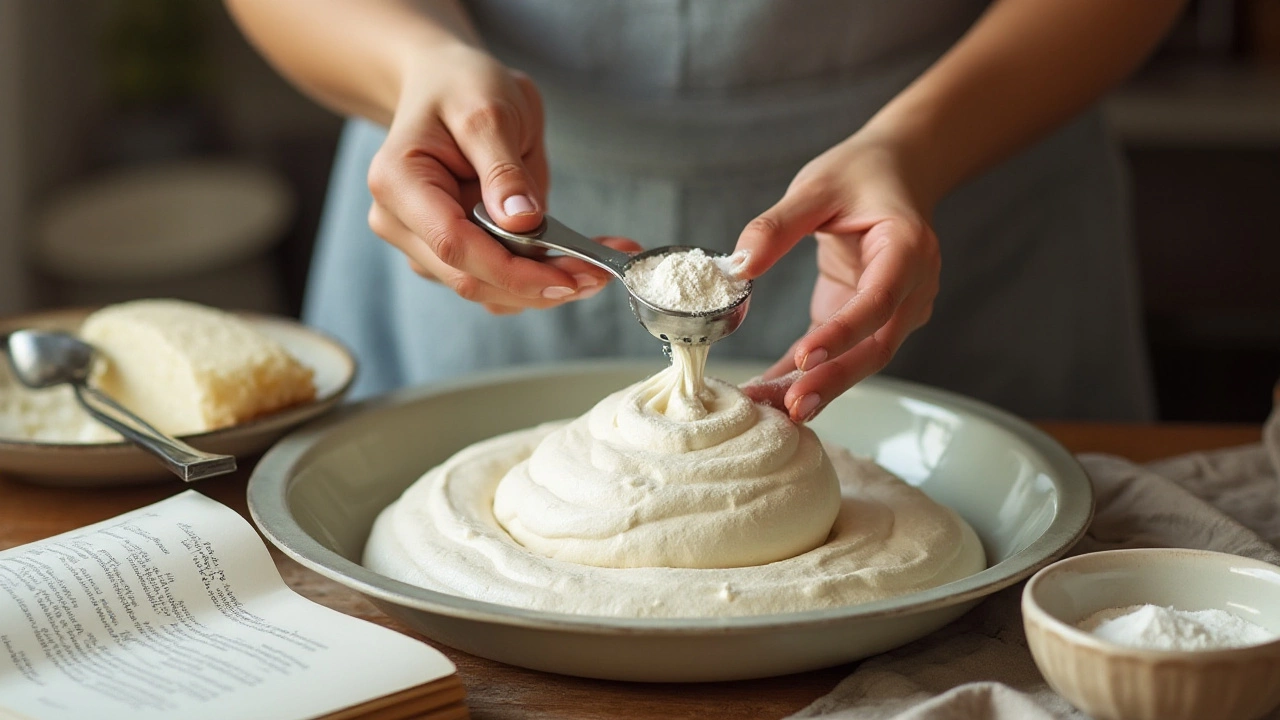
The Essential Role of Cornflour in Perfect Pavlova Recipes
Discover the significance of cornflour in making the perfect pavlova. Explore how cornflour contributes to achieving the ideal texture and stability in your pavlova, including insights on its impact on the structure. Learn tips from baking enthusiasts and understand when and how to use cornflour effectively in this classic dessert.
View More
